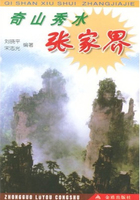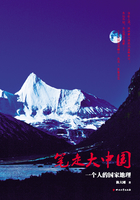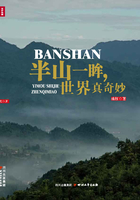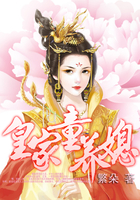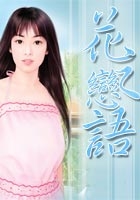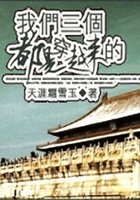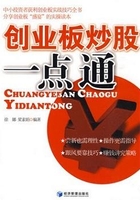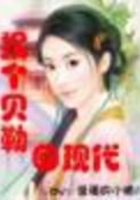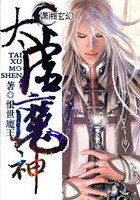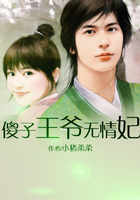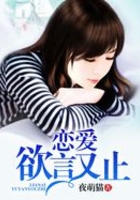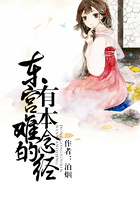The most notable center for painting in the Later Middle Ming was Suzhou, where the Wu School (吴门画派) flourished (1460—1560). Designations like“Wu School”are Chinese classifications based on the artist’s residence, style and/or social status. One of the most famous of all literati painters was Shen Zhou (沈周, 1427—1509) who stood at the beginning of the wu tradition. Although deeply influenced by the Yuan painting, he gradually developed a style of his own that conveyed genial warmth and a sense of ease and naturalness. Wen Zhengming (文征明, 1470—1559) studied painting under Shen Zhou. He painted in many different styles during his long and productive life, and some of his paintings are influenced by painting styles which trace back to the Tang painting. The paintings of these two masters became so important that they chose to focus their entire lives on the mastery of their art, rather than pursue government careers. In the increasingly urban and educated society of the Ming, these artists actually made considerable income from their work, either in the form of cash“gifts”or of other goods“traded”for their art.
Literati circles at the highest levels often included groups of close friends and painters. Often literati painters would present paintings to friends with an invitation to write poetry and short essays on them. In this way, paintings sometimes seem to become more group expressions than mere individual expressions of the painter, capturing an essential Confucian element of society.
Notes:1)designation称号;2)classification分类
9.清朝绘画有什么特点?
What are the features of the painting of the Qing Dynasty?
Three principal groups of artists were working during the Qing Dynasty. The first was that of the traditionalists, orthodox painters who sought to revitalize painting through the creative reinterpretation of past models. Outstanding among these were four artists all named Wang (Wang Shimin,王时敏; Wang Jian,王鉴; Wang Hui,王翚 and Wang Yuanqi,王原祁). Wang Shimin and his friend Wang Jian (1598—1677) were the senior members of this school, but they were outshone by their brilliant pupils—Wang Hui (1632—1717) and Wang Yuanqi (1642—1715).
The second group was that of the individualists, who practiced a deeply personal form of art. The most original work was done by men who refused to serve the new Qing Dynasty. One group of Ming loyalists lived in Anhui Province. These artists emulated Ni Zan (倪瓒, 1306—1374) for his minimalist compositions and“dry-brush”painting style features that became hallmarks of the so-called Anhui School (新安派). The other main group was the Nanjing Masters (金陵八家), which included Gong Xian (龚贤, 1618—1689), Fan Qi (樊圻, 1616—?), and Ye Xin (叶欣, 1640—1673).
The third group was that of the courtiers, officials and the professional artists who served at the Qing court. Two of the most outstanding artists of the early Qing period were descendants of the Ming royal house: Zhu Da (朱耷, 1626— 1705) and Zhu Ruoji (朱若极, 1641—约 1718), both of whom became better known by their assumed names—Bada Shanren (八大山人) and Shi Tao (石涛). Yangzhou’s mercantile elite supported a diverse array of artists who worked in two distinct pictorial traditions. One group of artists, later known as the“Eight Eccentrics of Yangzhou (扬州八怪),”drew inspirations from the highly individualistic works of Shi Tao.
Notes:1)traditionist传统主义者;2)revitalize使恢复生气;3)emulate模仿;4)minimalist极简抽象派艺术家;5)hall-mark标志6)descendant子孙;7)eccentric古怪的人;8)in-dividualistic个人主义(者)的
10.中国绘画是怎样分类的?
How can we classify traditional Chinese painting?
Chinese brush painting can be classified into three main categories: landscape painting, bird and flower painting, and figure painting. Each classification can be further divided according to painting techniques as follows:
Landscape painting
a. Boneless landscape. Instead of drawing out the outlines, colors are directly applied to creating the form.
b. Monochrome ink landscape.
c. Light umber landscape. Umber and other light shades of colors are added to a landscape done primarily in ink.
d. Detailed with color. Outlines are carefully drawn to create precisely the forms; then rich colors are applied layer by layer. Gold may be added for outlining.
Figure painting
a. Detailed with color.
b. Outlining.
c. Freestyle sketch, or expressionistic drawing. Personal expression is valued in this kind of painting. Whether or not one creates precise forms is not important.
d. Wash. Light shades of colors are applied to a painting outlined in ink.
Bird and flower painting
a. Detailed with color.
b. Outlining. After outlines are drawn in ink, light ink washes are added sparingly for highlighting.
c. Freestyle sketch.
d. Boneless method.
e. Flower-outline and leaf-wash style. Flowers (or a part of the painting) are outlined and filled with colors, while leaves are dotted or dabbed with washes.
Notes:1)monochrome黑白;2)umber棕土的;3)freestyle自由式的;4)expressionistic表现派的;5)expressionism表现主义;6)sparingly谨慎地;7)highlight最突出(或最精彩)的部分;8)dab轻涂
11.中国传统绘画的技法是怎样的?
What are features of the techniques of the traditional Chinese painting?
The techniques of traditional Chinese painting are divided into meticulous style (工笔) and freehand style (写意). The former requires great care, grace, strict composition and fine elaboration. The effect is highly decorative. The latter style generalizes shapes and displays rich brushwork and ink technique.

